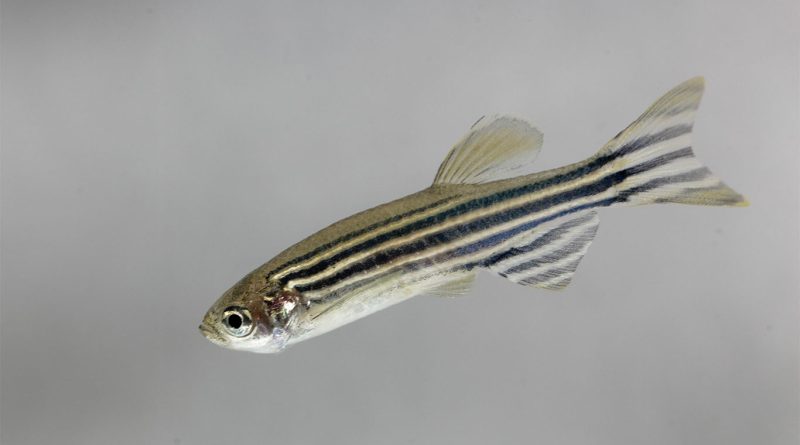The Hidden Dangers of Acid Mine Drainage
Acid Mine Drainage (AMD) stands as a stark reminder of the environmental footprint left by mining activities. Unlike the visible scars of excavated landscapes, AMD’s impact seeps deep into the ecosystem, often unnoticed at first glance. This phenomenon occurs when sulfide minerals in ores like iron, copper, and zinc react with air and water, unleashing sulfuric acid and heavy metals into the environment. This toxic concoction, often flowing from abandoned mines and waste piles, wreaks havoc on ecosystems and communities.
Recent research has shed light on the tangible effects of AMD, particularly on marine life. A compelling study using zebrafish at sites like Sulitjema reveals alarming behavioral changes, developmental defects, and altered gene expression due to AMD exposure. Such findings underscore the urgency of understanding and addressing the impacts of this environmental hazard.
The Chemical Process and Sources of Acid Mine Drainage
Acid Mine Drainage is a complex chemical process, initiated when sulfide-bearing minerals, often found in iron, copper, and zinc ores, are exposed to oxygen and water. This exposure triggers a chemical reaction, leading to the formation of sulfuric acid. The process is exacerbated in mining environments, particularly in areas with sulfide-rich ore deposits. Rainwater or groundwater, percolating through abandoned mines, waste piles, or tailings, becomes acidic, picking up heavy metals along the way. This hazardous mixture eventually finds its way into surrounding water bodies, continuing its path of destruction.
The sources of AMD are predominantly found in areas of past mining activities, especially in regions where mining sites have been abandoned without adequate closure processes. These sites, left exposed to natural elements, become prime zones for AMD generation. Tailings, the residue left after the extraction of valuable minerals, also contribute significantly to AMD. These piles of waste material, often containing an array of sulfide minerals, are a ticking time bomb in terms of environmental pollution.
Environmental and Ecological Impacts of AMD
The ecological consequences of Acid Mine Drainage are extensive and often devastating. One of the primary impacts is on aquatic life. The increased acidity and heavy metal contamination in water bodies caused by AMD significantly disrupt aquatic habitats. This altered water chemistry proves fatal for many species, leading to a stark decline in biodiversity. Fish, insects, and other organisms that once thrived in these waters are now struggling to survive, altering the ecological balance.
Another critical impact is the change in pH levels. The release of sulfuric acid into water bodies lowers their pH, making the water more acidic. This shift affects the solubility of nutrients and metals, impacting the availability of essential elements for aquatic life. The consequences of this altered chemistry are far-reaching, affecting not just the immediate aquatic environment but also the broader ecosystem.
Moreover, acidic water can mobilize sediments, leading to increased erosion and sedimentation in rivers and streams. This process damages habitats, smothers aquatic plants, and alters natural flow patterns. Additionally, heavy metals released by AMD can accumulate in the tissues of aquatic organisms, a phenomenon known as bioaccumulation. This not only affects aquatic life but also poses a threat to human health if contaminated fish are consumed.
Finally, the degraded water quality due to AMD has significant implications. The presence of acidic water and toxic metals renders water bodies unsuitable for various uses, including drinking, irrigation, and recreational activities. This impacts communities dependent on these water sources, often leading to a search for alternative water supplies.
Socio-Economic Consequences of Acid Mine Drainage
The ramifications of Acid Mine Drainage extend beyond ecological damage, profoundly affecting socio-economic aspects of affected communities. One significant impact is on industries reliant on clean water. Agriculture, fisheries, and tourism, pivotal to many local economies, suffer considerable setbacks due to water pollution caused by AMD. The degradation of water quality leads to reduced crop yields, dwindling fish populations, and a decline in tourism, culminating in substantial economic losses.
Moreover, AMD’s acidic runoff poses a serious threat to infrastructure. Structures like bridges and pipelines are vulnerable to corrosion, leading to heightened maintenance and repair costs. This not only strains local budgets but also poses safety risks.
The health implications of AMD are equally concerning. Communities residing near affected water bodies face the risk of contaminated drinking water and the consumption of contaminated fish. This exposure can lead to a range of health issues, necessitating increased healthcare services and interventions, further burdening these communities.
Mitigation and Future Perspectives
Efforts to mitigate the effects of Acid Mine Drainage are crucial in addressing this environmental challenge. Prevention is key, involving the implementation of proper mining techniques and waste management practices to minimize the exposure of sulfide minerals to air and water. Constructing treatment systems to neutralize acidity and remove heavy metals from drainage water is also a significant step in mitigating AMD. Additionally, reclamation efforts, which involve rehabilitating abandoned mining sites, help restore ecosystems and prevent ongoing pollution.
The recent study on zebrafish is a poignant reminder of the urgency in addressing AMD. Zebrafish, used as bio-indicators, exhibited behavioral changes, development defects, and altered gene expression when exposed to AMD, underscoring the profound impact on marine life. This research not only highlights the need for continued study into the effects of AMD but also stresses the importance of proactive environmental management and policy-making to safeguard both aquatic life and human communities.
As we move forward, it is imperative that we continue to focus on innovative solutions and collaborative efforts to mitigate the effects of Acid Mine Drainage, ensuring a sustainable balance between industrial activities and environmental stewardship.
